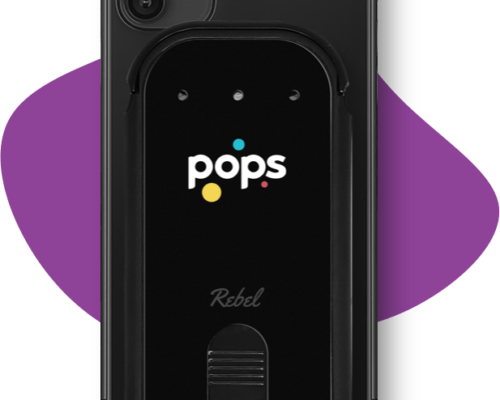Telemedicine has been on the up and up for quite some time now. While some may assume that telemedicine and telehealth is a relatively new concept, in truth, it’s been around for more than half a century. One of the earliest uses of hospital-based telemedicine was in the late 1950s and early 1960s when a closed-circuit link was used between the Nebraska Psychiatric Institute and Norfolk State Hospital for psychiatric consultations.
Since then, healthcare professionals and communication experts have been working diligently to progress the field further through telecommunication. We’ll be breaking down why telemedicine has become such a massive area of focus within the healthcare industry, specifically when it comes to people with diabetes. While many different areas of healthcare have been positively affected through telemedicine, diabetes specifically has seen great strides involving telemedicine.
Here are the benefits of telemedicine for people with diabetes and how it can make their lives much more manageable.
Table of Contents
Consistent Monitoring of Systems For Health Providers
One of the biggest benefits of telemedicine is that it allows for much more transparency between the patient and their healthcare provider. For people with diabetes, that means their doctor can have round the clock capabilities for monitoring their glucose levels. This will then enable the doctor to see how their condition is throughout the day, week, or month, allowing them to look for patterns. This gives the doctor the opportunity to offer more personalized advice on how their patient can keep their glucose at a healthy level.
With Pops’ digital diabetes care solution Rebel, both family and healthcare professionals can easily stay up to date with their family member or patient who has diabetes with real-time notifications. For example, if you want to be alerted when your patient’s glucose levels are above or below a certain number, you can set up Rebel to send you a text telling you that information.
Rebel can also generate custom reports based on the data you’re interested in seeing from the user, as well as allow the user and their healthcare professional to converse on a HIPAA compliant messaging platform.
Improve Patient Engagement in Rural Areas
In addition to more transparency, the other reason why telemedicine is desperately needed today is that these solutions are incredibly beneficial for residents in rural areas.
This article from PEW, written by Michael Ollove, breaks down the health crisis for Rural America. To summarize it, essentially, people living in rural parts of the country have higher mortality rates and simply don’t have the accessibility they need to help them combat their health problems—such as diabetes.
In addition to improving rural hospitals and getting more medical graduates to look for a job outside of the major cities in each state, telemedicine can also help with this issue.
Ollove explains that “To reach rural residents, most states—especially those in the Northwest, Southwest, and Northeast—have relaxed rules to give nurse practitioners, physician assistants, and other medical professionals more authority to provide care that once was the purview of physicians. And most states allow Medicaid to reimburse services provided through telemedicine.”
However, many barriers remain. Policy tends to lag behind the technology—this according to Mei Wa Kwong, the executive director of the Center for Connected Health Policy, which promotes telemedicine, who is interviewed in the article. For instance, Medicare limits reimbursement for telehealth in rural health clinics and federally qualified health centers, and a lack of broadband also hinders the ability of telemedicine to make an impact in many areas of the country.
But, some states are looking to improve their broadband. Recently Minnesota Governor Tim Walz announced $23 million in grants to expand high-speed broadband to unserved and underserved areas.
Beneficial For People With Diabetes Who Are Experiencing Depression
According to the Mayo Clinic, people with type 1 or type 2 have an increased risk of developing depression. While the correlation between diabetes and depression isn’t obvious, the relationship between diabetes and depression may be attributed to the following reasons, according to M. Reignia Castor, MD at the May Clinic:
- Managing diabetes can be very stressful, which can lead to symptoms of depression.
- Diabetes can cause complications and health problems that can worsen depression symptoms.
- Depression can lead to poor lifestyle decisions, like unhealthy eating and lack of exercise, which can all increase the likelihood of diabetes.
- Depression affects your ability to perform tasks, communicate, and think clearly. This can interfere with your ability to manage diabetes successfully.
Therefore, telemedicine can help people with diabetes and depression in multiple ways. First, telemedicine can make it easier for people with diabetes to manage their condition, which can decrease the chances of them developing symptoms of depression.
Telemedicine can also be used to conduct therapy sessions virtually, which can allow those who can’t make it to in-person sessions the opportunity to still treat their depression.
Keep an Eye Out For More Digital and Telemedicine Solutions in the Coming Years
There are many benefits to telemedicine for people with diabetes and other conditions as well. As a result, there is no doubt that healthcare and tech companies will continue to look for ways to innovate within this field. In the coming years, look for more and more digital and telemedicine solutions like Pops’ Rebel to be introduced to the market.









